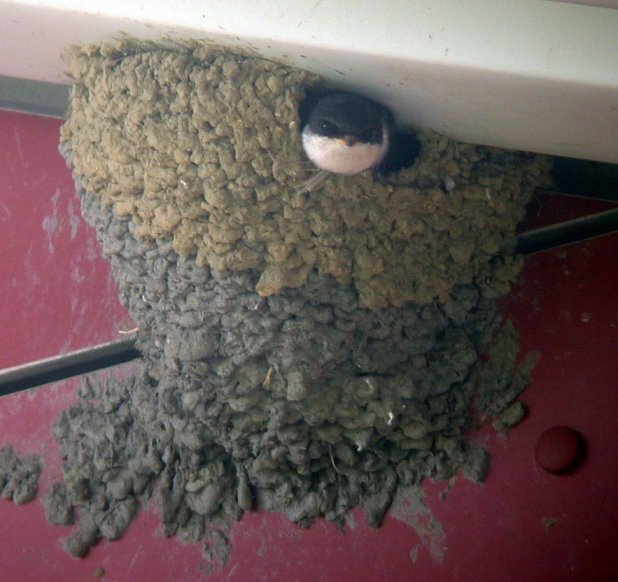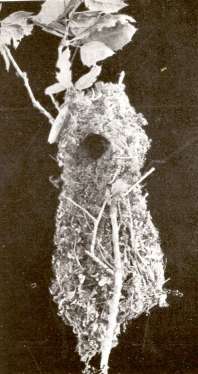None yet
For this project I wanted to investigate techniques of building birdhouses, or the implications and possibilities of inviting small birds to cohabit human-dominated spaces. I originally wanted to observe building techniques employed by birds in order to find inspiration for dynamic spaces that humans might inhabit or share with the birds themselves, but instead chose to use the birds nest as a non-occupable art piece with metaphorical content as its drive. This should be contingent on both how different species of similar birds relate to one another as well as how these birds relate to humans through the sharing of space/resources. It appears that humans engage interaction with small songbirds for aesthetic appreciation and enjoyment of company. Birds are offered space and food, which they generally accept. The type of bird drawn is potentially and usually determined by the human through the type of food offered and the style of birdhouse built. Songbirds and other native species seem to be preferred unilaterally, although supposed "amateurs" attract non-native species such as sparrows by offering low grade feeds and keeping unregulated housing. This seems to be a sort of voluntary domestication, although I am not sure whether or not it is detrimental to the general species. Clearly a human dominated environment displaces a wide variety of species, but should they be trained to depend on humans for survival? What does that imply for their evolution? Is there a significant difference between what the humans provide and what nature provides? After all, it seems that seed feeding birds find their food much the same way in the wild as they do in urbanized areas, although the food is produced much more consistently from single sources in the latter. As a small facet of this question I would like to see how the birds react to different types of potential dwelling spaces and food when presented with options simultaneously. I don't see this as an active and cognitive collaboration on the part of the birds, but instead one that offers both species (humans and birds) a self reflexive experience: as a human observer, one can observe how other species interact from necessity within prefabricated spaces and think about we as humans engage in the same activity on a larger and more complicated scale.
[Write Comment]

|

|
[Write Comment]